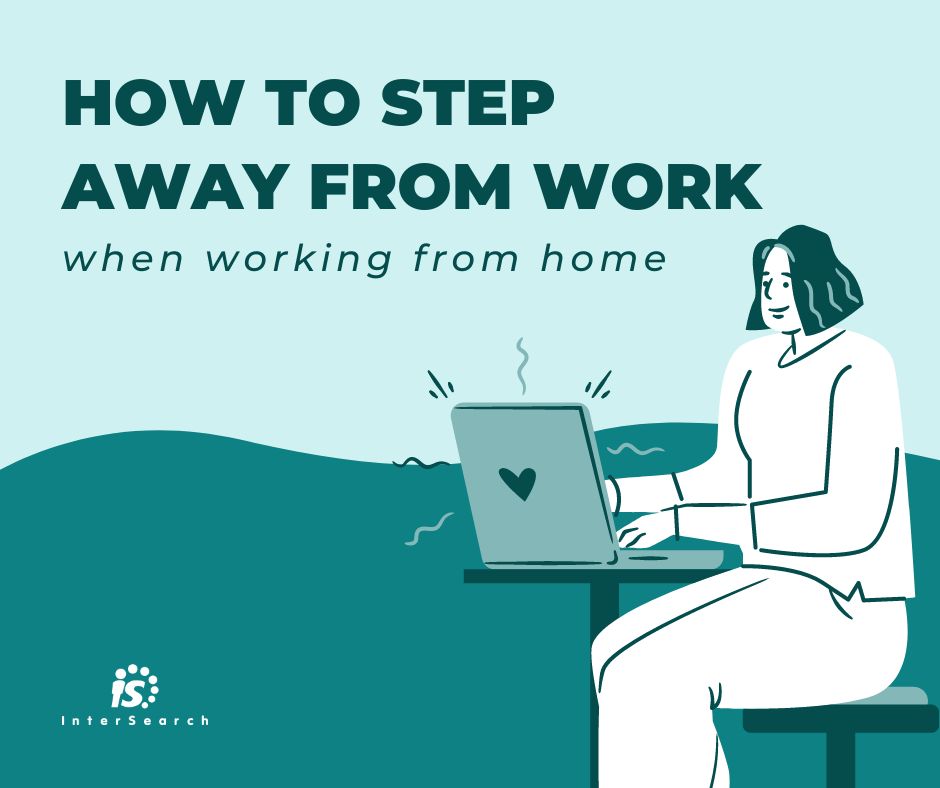Potential-based Hiring – Hiring for what they can DO
INTERSEARCH ASSOCIATES

Once upon a time (circa 20 years ago), requirements for screening job applicants were based on the written and vetted job description which was fairly cut and dry and focused on easily measurable hard skills. A candidate needed X experience or skills to perform Y job, and they were generally only considered if they possessed those skills. With the rapid development of technology and a shift in the way people are choosing to work, how we hire and even how we manage is changing. Adaptability, flexibility, and critical thinking are a few of the soft skills landing now in the job descriptions. When it comes to making a new hire, hiring managers may be asking, “Which is more important, experience or potential?”
Past Performance vs. Potential
“Performance” often relies on metrics and stats but what if the metrics for one industry/job are not in keeping with how the new position will be measured? Performance corresponds with a person’s knowledge, experience & job skills–but will this be enough in the rapidly changing workplace and the new age of hybrid and remote work? The hard skills are aspects that can be trained and improved upon using learning interventions and practices. But learning new skills or adapting to a change requires an attitude and willingness to learn new skills and shift away from “this is the way I’ve done it in the past” attitude.
“Potential” goes beyond the “laundry list” of hard skills required for the jobs, as it looks at whether the people have the CAPACITY to perform well in a future role. Past performance is not necessarily an accurate indicator of how a person may perform in a different role or roles 2 or 3 levels up or how a person will perform shifting from in-house to work-from-home.
Hiring for potential shifts the focus to the person’s traits and competencies that will enable him or her to best adapt and perform in the new role and/or navigate through the ambiguity and change which often comes with the unfamiliar especially when it is a newly created job. This approach also elevates the stakes for the hiring manager as it challenges conventional wisdom and prompts a razor-edge prioritization of traits that will also define who is going to be a good fit for the company and the role.
Implementing a Hiring Process Centered on Candidate’s Potential
There are a few things that hiring managers can do to implement hiring for potential. One example is to set up interview questions to assess whether or not the candidate has the targeted traits and potential to be a good employee. Ask them situational and behavior-based questions. These types of questions are a good way to analyze a potential employee’s abilities to handle adversity, motivation, and general attitude which can ultimately reveal how they’ll be able to work and grow within your company.
Executive chairman of Starbucks Howard Schultz once said, “Hiring people is an art, not a science. And resumes cannot tell you whether someone will fit into a company’s culture.” Soft skills, also known as “employability skills,” are defined by Business Dictionary as “a group of essential abilities that involve the development of a knowledge base, expertise level, and mindset that is increasingly necessary for success in the modern workplace.” Things like teamwork, motivation, leadership, ability to take initiative while working alone–all of these come into play when screening candidates.
Emphasizing soft skills in hiring also can help you determine how well the candidate will fit into the company culture. In today’s global workforce, employees must be able to work with a diverse group of people. Ask candidates how they have collaborated with people who have had very different perspectives than them and assess their ability to adapt to different ways of thinking and open-mindedness in problem-solving and leadership. One way to assess attitudes on inclusiveness is to ask them to describe a time when they had to work with a difficult teammate.
As more jobs are performed in a “remote workplace” which in most cases means in the employee’s home, gaining insight on what the challenges could be for the employee or learning of their current challenge in the interview process will help you determine the best work arrangement. Tip: ask them to describe the most memorable distraction during a Video meeting and how they handled will answer more than one question.
Taking the steps to move toward hiring based on potential vs. past performance requires new strategies and new ways of thinking about how you hire.





CONTACT US
FIND US ONLINE
Connect with us on Facebook and LinkedIn
LET'S TALK
Contact Us - Home Page
We will get back to you as soon as possible.
Please try again later.
ALL RIGHTS RESERVED | INTERSEARCH ASSOCIATES | PRIVACY





